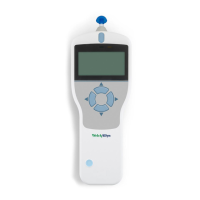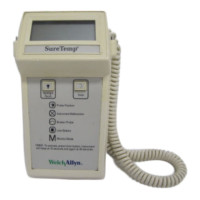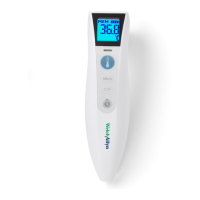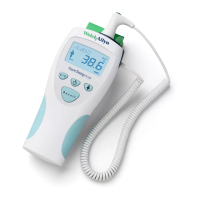Tympanometry is the measurement of acoustic admittance as a
function of ear canal air pressure. The resulting graph is a
tympano-
gram. Because ear canal air pressure changes the admittance of
the middle ear, the admittance of the air in the ear canal changes
when the ear is pressurized. Positive or negative pressure, introduced
into the sealed ear canal, decreases the admittance of the air in the
ear canal by stiffening the eardrum. The effect of air pressure on
the acoustic admittance measured in the ear canal is systematically
altered by ear disease. Tympanometry is a sensitive indicator of the
effects of ear disease on the acoustical/mechanical function of the
middle ear.
A normal tympanogram is depicted below. Four features of the
tympanogram can be used to evaluate the ear under test:
@Static admittance (Peak Ya)
is a measure of the height of the
tympanometric peak. Given appropriate norms, static admittance
is a useful indicator of middle ear disease.
@Equivalent ear canal volume
(+
200 Vea)*
is the admittance
value determined with an ear canal air pressure of + 200
daPa
(dekapascals). An abnormally high equivalent ear canal volume
suggests the presence of a tympanic membrane perforation, or a
patent tympanostomy tube.
QTympanometric peak pressure (TPP)
is the position of the
tympanometric peak on the pressure axis. TPP is an imprecise
measure of the middle ear pressure. By itself, TPP is not an
accurate indicator of middle ear disease.
OTympanometric
gradient (GR) or tympanometric width
is a
measure of the width of the tympanometric peak. Defined as the
pressure interval required for a 50% reduction of peak eardrum
admittance, tympanometric width is a good indicator of the
presence of
middle ear effusion.
I
0
GR
= 070
da%
4
2
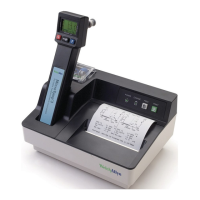
